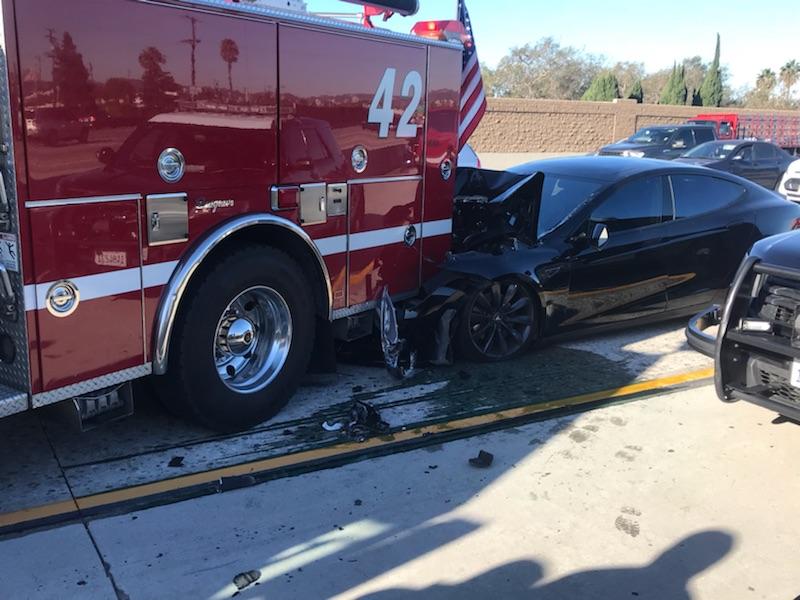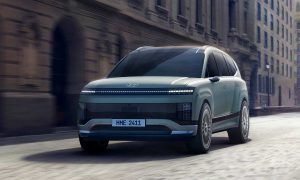The autonomous technology has not yet (commercially) reached Level 5 where the human intervention is not required. You can’t just get in the car, type in the destination, and relax watching a movie. That is going to take time and some people fail to realize it.
In the 2016 Tesla crash, the NTSB report concluded that the overreliance on automation led to the crash. This time, there is a new one. A Model S crashed into the back of a fire truck at 65 mph (104 km/h), and fortunately, the driver is alive and no one was hurt in the incident.
While working a freeway accident this morning, Engine 42 was struck by a #Tesla traveling at 65 mph. The driver reports the vehicle was on autopilot. Amazingly there were no injuries! Please stay alert while driving! #abc7eyewitness #ktla #CulverCity #distracteddriving pic.twitter.com/RgEmd43tNe
— Culver City Firefighters (@CC_Firefighters) January 22, 2018
The driver is reportedly blaming on the autopilot system. However, Tesla makes it clear that the driver needs to be alert at all times and be ready to take back control. The vehicle gives visual and audible alerts for the same as well.
Currently, the commercially available autonomous capability in cars are there to help the driver in making his life a bit easier, and not completely take away his responsibility. The driver needs to stay alert and be ready to take back control.
That said, all Teslas come with full self-driving hardware ready. But, the company says that it is dependent upon extensive software validation and regulatory approval, which may vary widely by jurisdiction.

Leave a Reply
Note: Comments that are unrelated to the post above get automatically filtered into the trash bin.




































